-
 © Tony Baker/Classics & Sports Car
© Tony Baker/Classics & Sports Car -
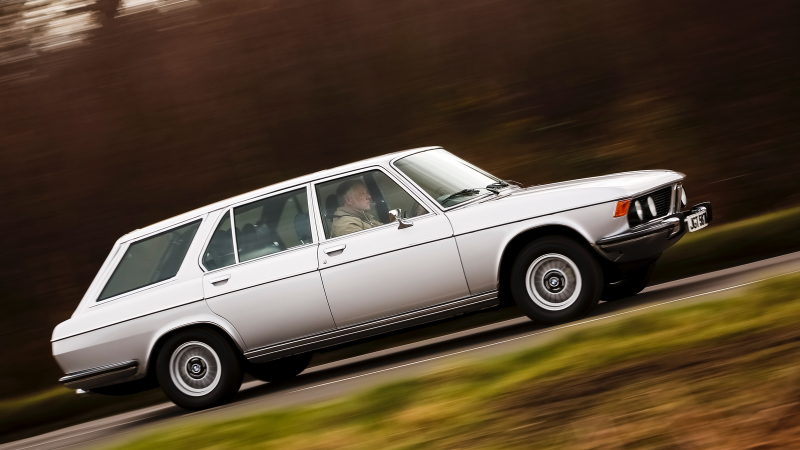 © Tony Baker/Classics & Sports Car
© Tony Baker/Classics & Sports Car -
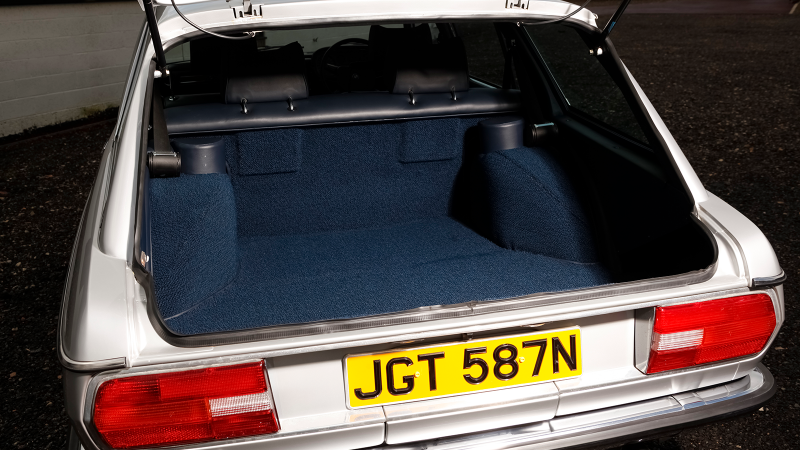 © Tony Baker / Classic & Sports Car
© Tony Baker / Classic & Sports Car -
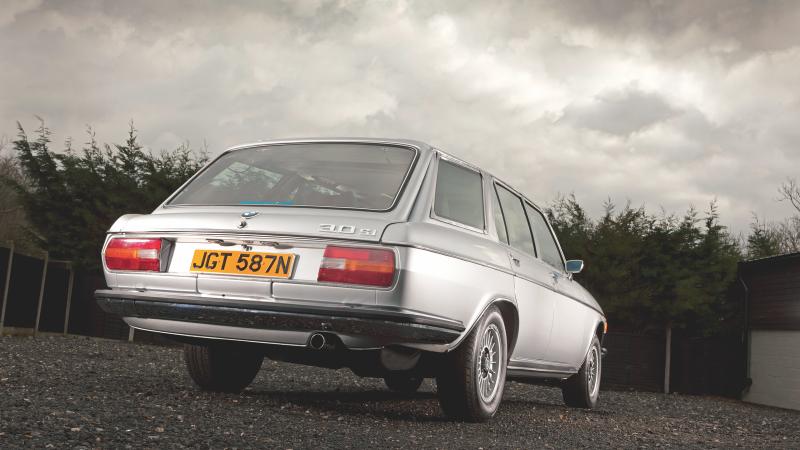 © Tony Baker/Classics & Sports Car
© Tony Baker/Classics & Sports Car -
 © BMW
© BMW -
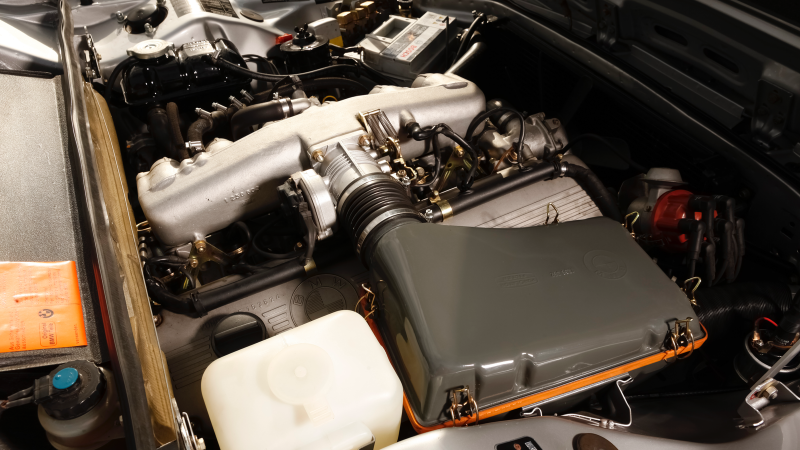 © Tony Baker/Classics & Sports Car
© Tony Baker/Classics & Sports Car -
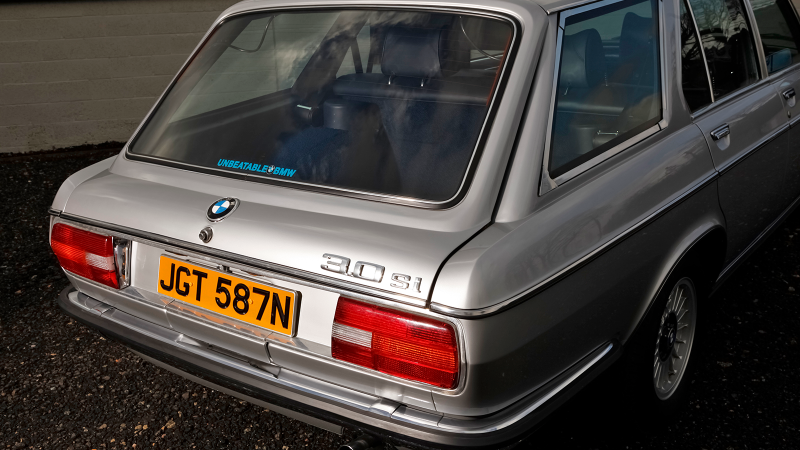 © Tony Baker / Classic & Sports Car
© Tony Baker / Classic & Sports Car -
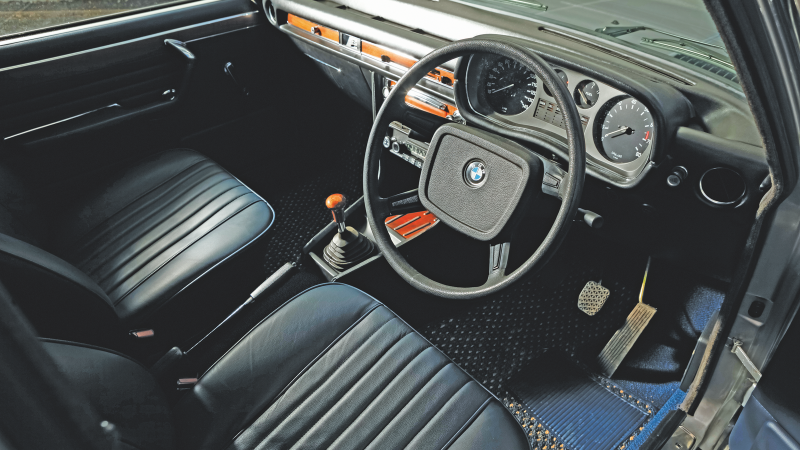 © Tony Baker/Classics & Sports Car
© Tony Baker/Classics & Sports Car -
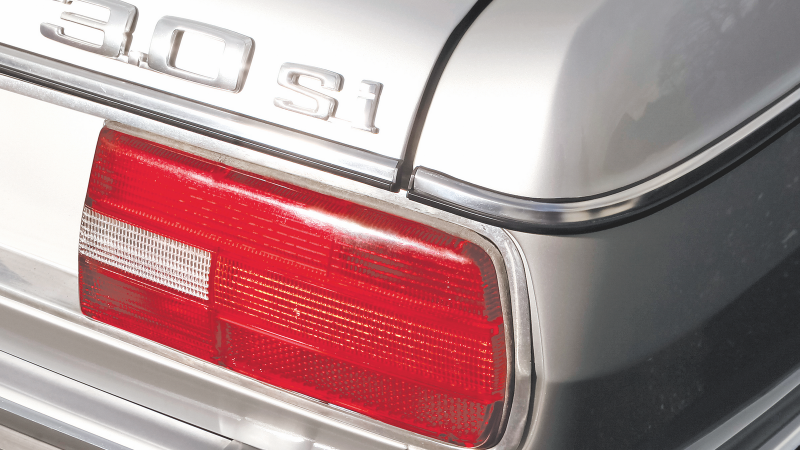 © Tony Baker/Classics & Sports Car
© Tony Baker/Classics & Sports Car -
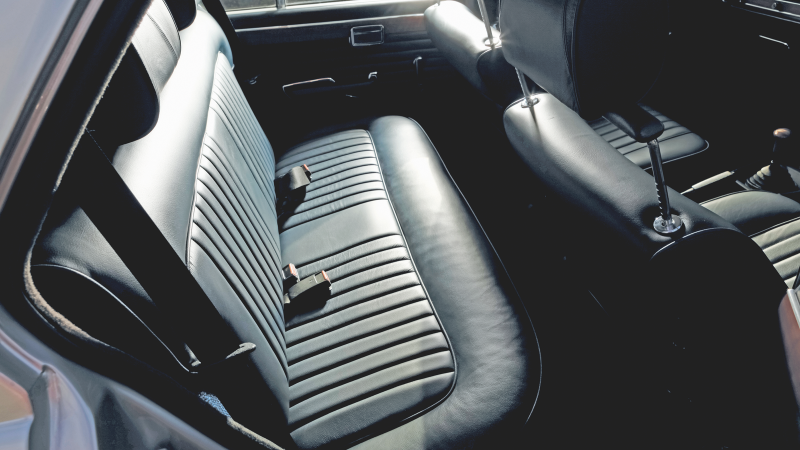 © Tony Baker/Classics & Sports Car
© Tony Baker/Classics & Sports Car -
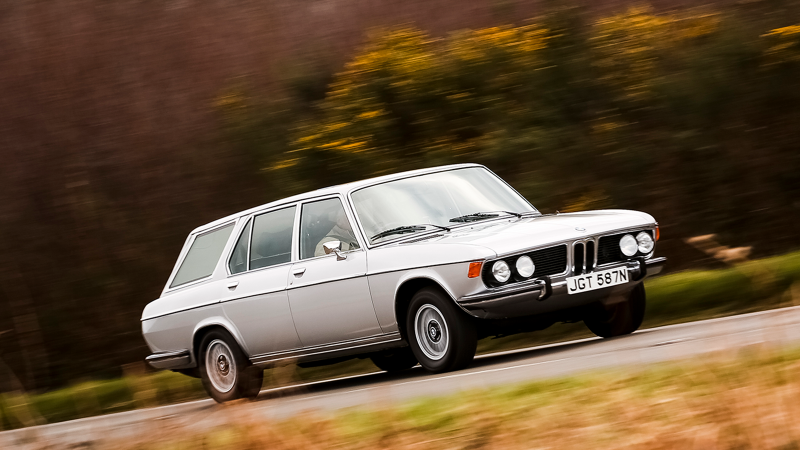 © Tony Baker / Classic & Sports Car
© Tony Baker / Classic & Sports Car -
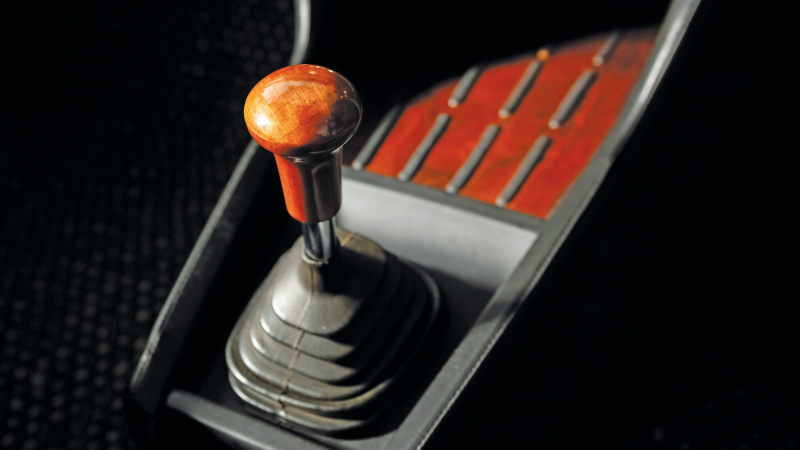 © Tony Baker/Classics & Sports Car
© Tony Baker/Classics & Sports Car -
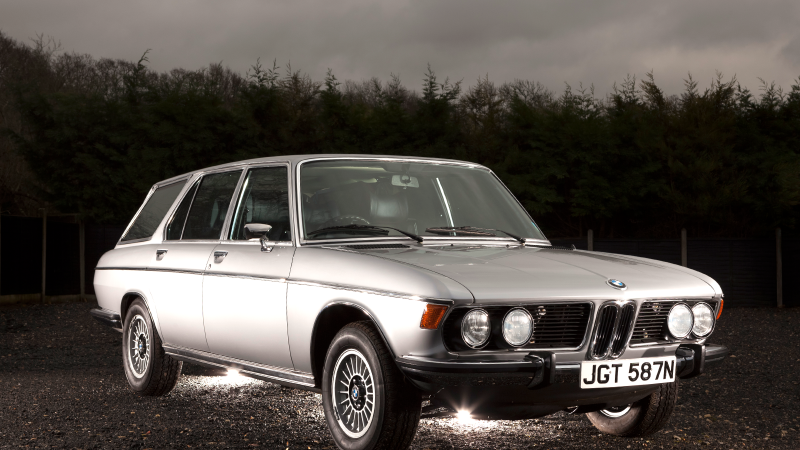 © Tony Baker / Classic & Sports Car
© Tony Baker / Classic & Sports Car
-
Easily the fastest family wagon of its era
Unless somebody out there knows any different, the car that you see here is the only running BMW E3 estate in existence.
A what? A BMW E3 estate: a coachbuilt, load-hauling variant of the 3-litre ’70s sedan, just a dozen of which are believed to have been built.
Of those twelve, at least three have since been scrapped, two have been transformed into wagons and the rest remain unaccounted for – making JGT 587N probably the only roadgoing example there is.
Here’s the story of this most remarkable of family wagons.
-
Bespoke bright idea
Britain had form when it came to crafting coachbuilt estates in the 1960s and ’70s, but these low-volume customs were usually associated with specialist firms such as Radford and Crayford – not big manufacturers like BMW.
And yet, BMW Concessionaires – an autonomous British arm of the German marque – managed to convince its continental bosses that a bespoke estate was a good idea.
-
Teamwork makes the dream work
A joint effort with the UK’s biggest dealer, Langley Motors of Thames Ditton, the importer tasked FLM Panelcraft – a company with plenty of experience producing conversions (Aston Martin shooting brakes were among its repertoire) – with developing an elongated E3.
The key to its creation? Finding a suitable rear-end from an existing production car.
-
Frankenstein's Beemer
This didn’t prove too tricky: Panelcraft boss Nobby Fry borrowed Crayford’s idea of attaching the back end of an Austin Maxi to the E3, albeit with the bottom part of the original BMW bootlid.
It might sound like a proper bodge job, but the tailgate was in fact surprisingly well integrated, aided by the E3’s handsome shark nose and bespoke rear side windows.
-
Chopped and topped
The model – advertised with its own factory-style brochure – could be optioned with a towbar, roof rack, extra courtesy lights and a dog guard, as well as the usual BMW extras.
All came with a vinyl top (probably to disguise the unsightly seam between the saloon roof and extended rear), while a variety of power units and transmissions were employed across the 11 or 12 examples eventually made.
-
Costly conversion
Three or four estates were built in fastest 3.0 Si form, making them probably the quickest load-carriers of their time, with a 135mph top speed – not to mention the most expensive.
How much the original conversion cost isn’t clear, but estimates based on the price of similar work in period suggest a 3.0 Si estate would have set you back £6000 in the mid-’70s – or nearly £70k today.
-
Superlative machine
What of the car pictured, registration JGT 587N? It is, in many ways, the ultimate E3 estate, an example restored over the course of some 14 years by David Maughan – and one with quite the story.
Converted to an estate in 1981, Maughan bought the machine in 1994, in pretty rough condition.
-
Sacrificial estates
Maughan bought a second Si estate a year later and, in the early 2000s, a third, 3.0 Sa estate – both of which were broken up for spares to aid the restoration effort.
Determined to get himself an exceptional E3 estate, Maughan decided his original machine would be restored to “better than new” condition.
-
Rusty donor
In 2008 he settled on BMW specialist The Werk Shop in Chicago to undertake the restoration.
Around this time, another 3.0 S automatic estate was discovered, but it proved unfeasibly rusty – as so many E3s became – and so could only serve as a reference and source of spares, alongside the other two estates he’d bought.
-
Truly one-of-a-kind
The refurbishment – which involved a complete replacement roof, three new doors and sills, a body shell restoration using factory panels and a money-no-object mechanical overhaul – left JGT in unrivalled condition.
In fact, it’s the only drivable E3 estate in existence – and there’s little chance any of the other examples will see restoration, let alone one so committed.
-
Still got it
On the road, it’s as tight and sorted as any BMW E3 of its era.
Even allowing for the fact that its M30 straight-six engine has done just 1000 miles since its most recent rebuild, it feels almost indecently potent, thrusting you back in your seat with a turbine hum of expensive refinement.
-
Fast and smooth
Resisting the temptation to floor the throttle would be a severe battle of restraint for any decent driver, not least because the slick, positive short-throw gearbox is so beautifully matched to the super-smooth engine.
Similarly, the power-assisted ZF-Gemmer steering remains a lesson in feel and precision.
-
Yours for a price
The good news? It’s available to buy through UK firm Classic Heroes. The bad news? It’ll set you back £79,995.
Such is the price of a car this rare and unusual, restored to such an exacting and exceptional standard. Rumour has it the BMW museum has shown interest…
